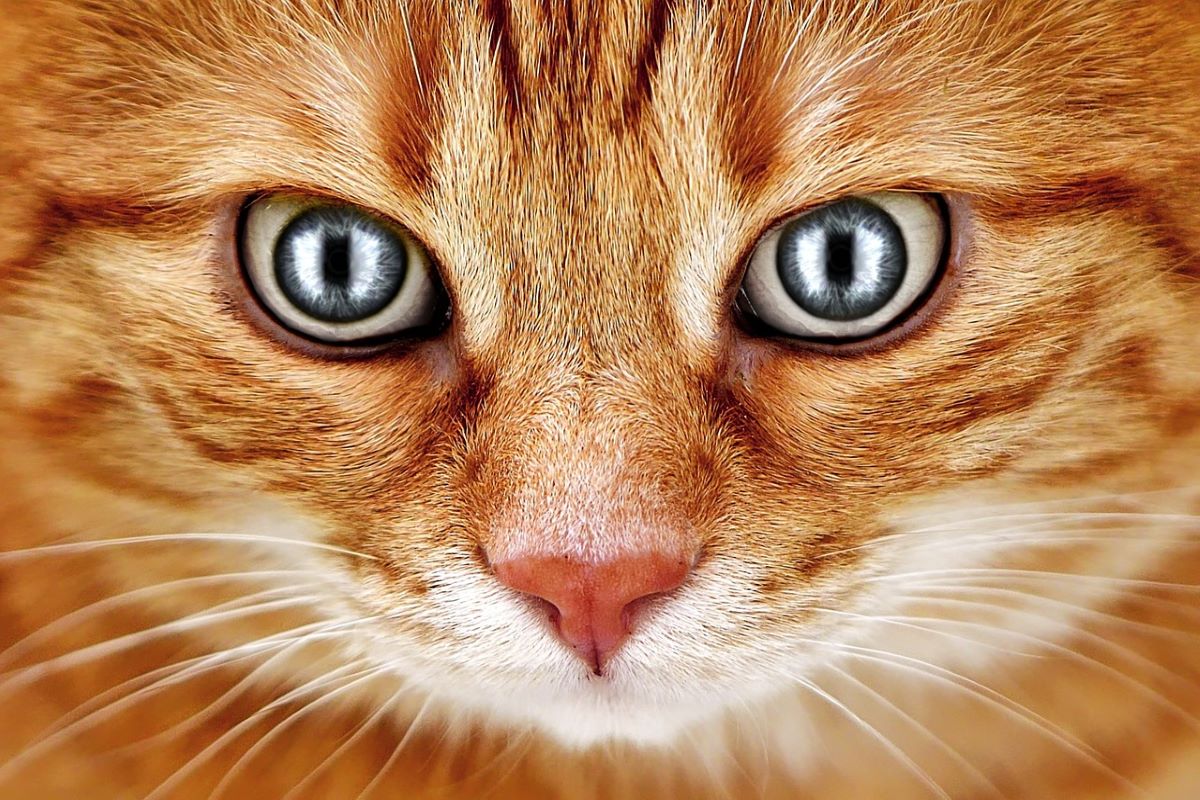The color vision of some animals is good. Some animals, such as monkeys, ground squirrels, birds, insects, and fish, can see a wide range of colors. There are times when it is not as good as what we humans see, but it is much better than cats and dogs.
There are different kinds of color vision in different animals. Some animals have a poor color vision while others have excellent color vision. There are some birds and bees that have super color vision, which is why they can see colors that humans cannot.
The ability to see colors helps animals find food on land or in water. The ability to distinguish between ripe red fruits and unripe green fruits requires good color vision in land animals. When animals mate, colors can also make them more attractive to each other. Finally, animals can identify predators (other animals that might attack them) with the help of their ability to see colors.
Can Animals See In Color?
Scientists believe that many if not most animals see in color, despite the question being broad considering there are millions of animal species, including insects. For simplicity, it is sometimes suggested that most diurnal animals see in color, while the majority of nocturnal animals do not, but there are exceptions even here.
Dogs And Cats See Fewer Colors But Have A Wider Field Of Vision, And They See Better At Night
Dogs have only two color-receptor cones, as opposed to three in humans, which is why they cannot perceive red. There is no question that dogs see fewer colors than we do, but they are not colorblind. They only see shades of blue and yellow. This is also true for cats, as well as for most mammals in general.
Even though we see more colors than they do, dogs and cats have more rods than us, making them better at seeing at night. Don’t forget that humans don’t lead the color-vision food chain either.
A Few Insects Are Capable Of Seeing In Ultraviolet Light
Since humans have three cone-shaped color-receptor cells in their eyes, we tend to think we can see all the colors. In truth, other animals see far more colors and have more cones than we do.
Bees and butterflies, for instance, possess four cones that sense color. They can see a wide range of colors, including ultraviolet colors. However, they are not very good at seeing fine detail. These photoreceptors in their eyes enable them to do this because many varieties of flowers have ultraviolet patterns on their petals that work as a runway, directing the bees and butterflies to the nectar they are searching for.
Animals may also use these extra color receptors for warning coloration (which is when they display bright patterns or colors to ward off predators).
Snakes Can See With Thermal Sensing
The snake family known as pit vipers includes pythons, boas, rattlesnakes, and other species that are able to see infrared, which allows them to detect heat signatures (referred to as thermal sensing). Their eyes and nostrils have evolved special pits that are capable of detecting minute temperature changes, which allows snakes to detect warm bodies even in the dark. Their infrared vision is so good that they can detect prey at distances of up to one meter, and they are able to detect changes in temperature down to 0.002 degrees centigrade.
Night Vision Is An Ability Some Animals Have (Unlike Humans)
At a light level darker than half-moonlight, the human eye’s color receptor cones stop working. By using the rods in our eyes instead of the cones, we can still see, but only in shades of gray. Evolutionarily, this makes sense for humans, but other animals still need to see colors at night.
Geckos, for instance, have evolved eyes that are up to 350 times more sensitive to color at night than ours. For geckos, this is particularly important since their eyes do not have rods at all, so the cones in their eyes have evolved to be similar to rods: longer and more sensitive.
The elephant hawkmoth, which can detect flowers by color as well as its butterfly cousins can during the day, and several species of nocturnal woolly lemurs, which can identify a particular shade of green that may indicate young leaves with the most protein, are other animals that can see color at night.
The Mantis Shrimp Has The Ability To See More Colors Than Any Other Animal
Finally, we reach the king of the color-seeking kingdom: the mantis shrimp.
The mantis shrimp has 16 color-receptive cones, compared to humans’ meager three, which means it detects ten times more colors than humans, and probably more colors than any other animal on Earth! UV, infrared, and polarized light are all visible to them. Furthermore, their eyes move independently of one another and are located on separate stalks. This means they are able to watch out for predators and prey in two directions at once, and in colors we can’t even comprehend.
Besides having the most incredible sense of color on earth, mantis shrimp are also horribly deadly: their club-like appendages (like a praying mantis’), folded underneath their bodies, can strike at the speed 50 times faster than the blink of an eye.
Conclusion
Although it might be true that animals we are most likely to associate with don’t enjoy the same spectrum of colors as humans do, many diurnal animals are able to see color to some degree. Hence, the next time you find yourself walking through the aisles of your favorite pet store with your pets in mind, you might prefer something in a pretty, bright shade of blue or yellow over the red, green, and orange toys.
You May Like These Articles As Well:
 Being Human
Being Human




